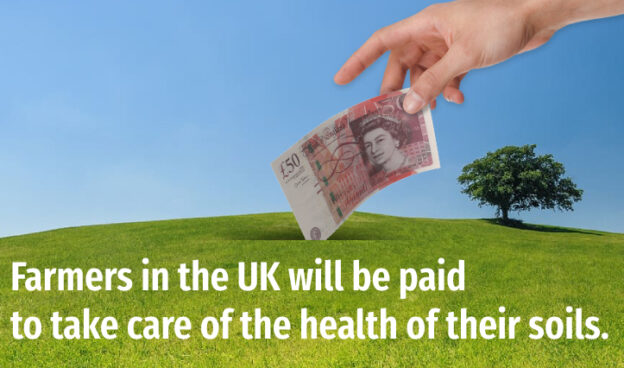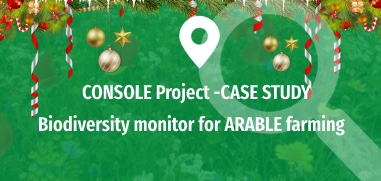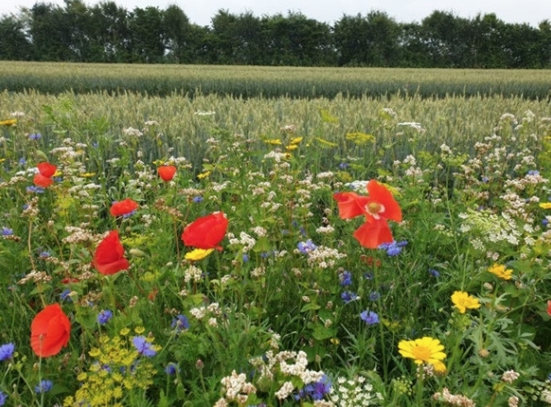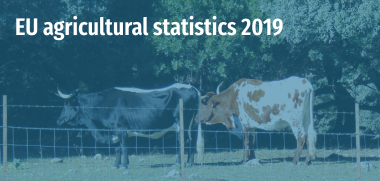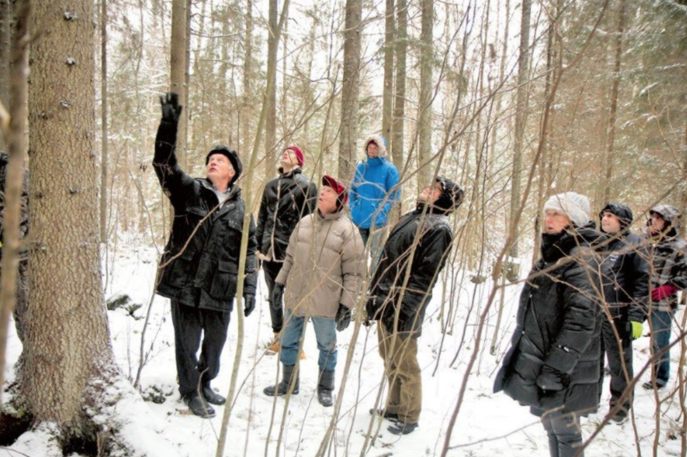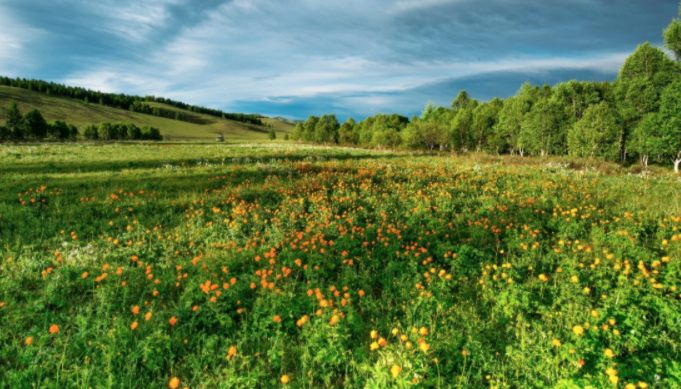Summary
The initiative of Bio-Babalscy company represents a case of the integrated value chain, and is an example of the very successful integration process resulting in strong organizational and financial synergy effects, while protecting the environmental public goods. Cooperation within the chain is largely based on mutual trust and friendly relations between farmers (grains suppliers) and the processor. Most of the seeds used by contracted farmers are provided by Bio Babalski company, closely co-operating among others with the Gene Bank in Poland. Each year on the plots on Babalski’s farm in Pokrzydowo about 70 varieties of old species of cereals are cultivated. The best species and varieties are promoted (1 hectare of land can be sown after 5-7 years from the reproduction of 100 seeds) and reproduced in order to provide seeds to other farmers. In total over 600 tons of grains are being processed annually, and the annual sales of final products reach about 350 tons. In addition to pasta and flakes also wholemeal flour, bran, and even spelt coffee are produced. All products from Bio-Babalscy company are certified as organic. Wholegrain pasta with Bio Babalscy brand, especially this made of spelt wheat, costs even 50% more than the conventional one. Nevertheless, the number of consumers who believe in quality of Bio Babalscy products is growing, assuring good prospects for the future of the company and the entire integrated supply chain. The organic farm and processing Bio-Babalscy plant are visited by about two thousand persons every year. The visitors are groups of students, farmers and consumers from all over Poland and also from abroad – all who want to see and learn how to successfully run a model eco farm and to protect environment.
Objectives
- Preservation, protection and restoration of old varieties of wheat, thus supporting biodiversity and culinary heritage of the region;
- Securing economic viability of farms in the Brodnica County;
- Protecting environment by organic production;
- Maintaining family traditions of organic production.
Public Goods
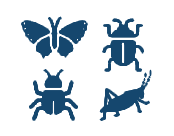


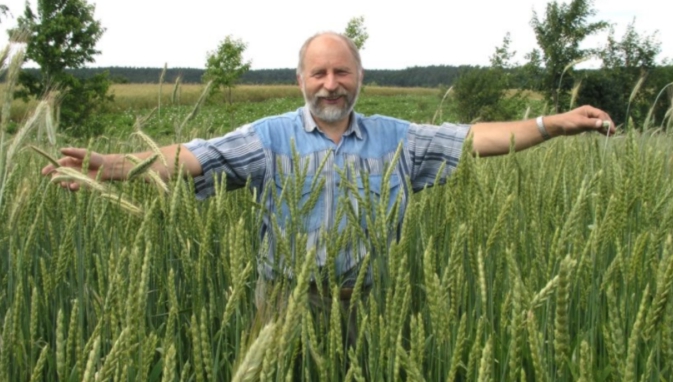
Problem description
Aleksandra and Mieczysław Babalski belong to the pioneers of organic farming in Poland. At the beginning of the 80’s Babalski decided to cultivate the land on his farm using ecological methods, based on his experience from longer stays and short visits to organic farms in Switzerland, Austria and Germany. The family started farming on the area of 9 hectares of agricultural land. After conversion, his farm has been certified by the Agro Bio Test Certification Body (PL EKO 07 90001) as the first certified organic farm in Poland. In 1991 a plant for pasta production was built, which is operating along with the farm. One of the most important products of the company is wholemeal pasta, which is made from traditional, old varieities of grains.
The flour used for making pasta at “Bio Babalscy”, unlike standard flour, contains remnants of shells and peels which provide a healthy fiber. The Babalscy are passionate about ecology and environment protection. They contribute to these by producing and protecting old varieties of cereals (such as spelt, flatfish and samarium), which have unique nutritional and health values, as well as through disseminating organic methods of production. They also cultivate old varieties of fruits (mainly apples) in their orchard. In 2010, Babalski’s farm won the competition for the Best Ecological Farm in Poland in the category “Ecology and Environment”.
Since 2012 the company is a member of the Regional Network called “Culinary Heritage of Kujawy and Pomerania”, and is also engaged in the activities of the Association for Old Varieties and Breeds and Cuiavia and Pomerania Association of Ecological Producers EKOŁAN.

